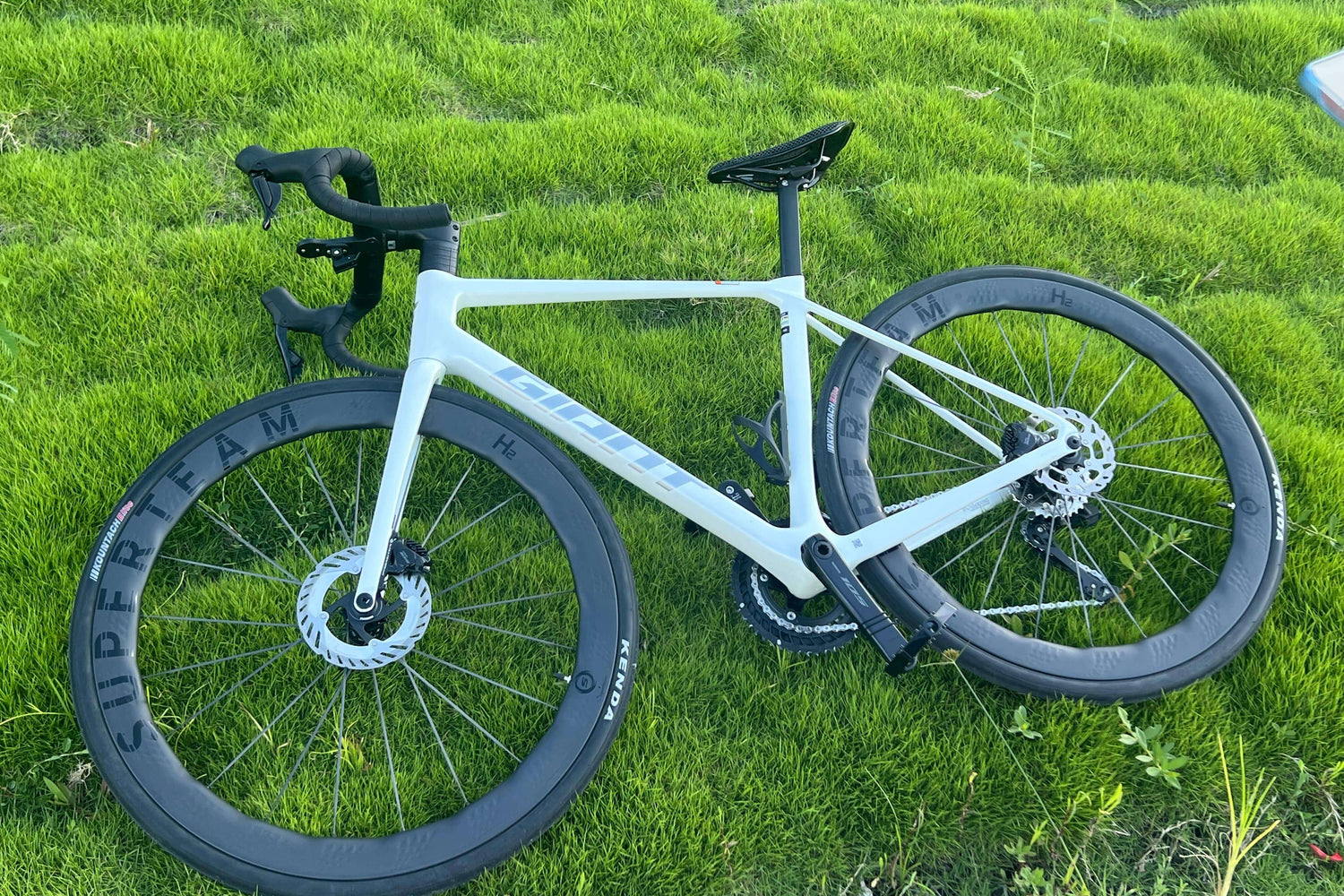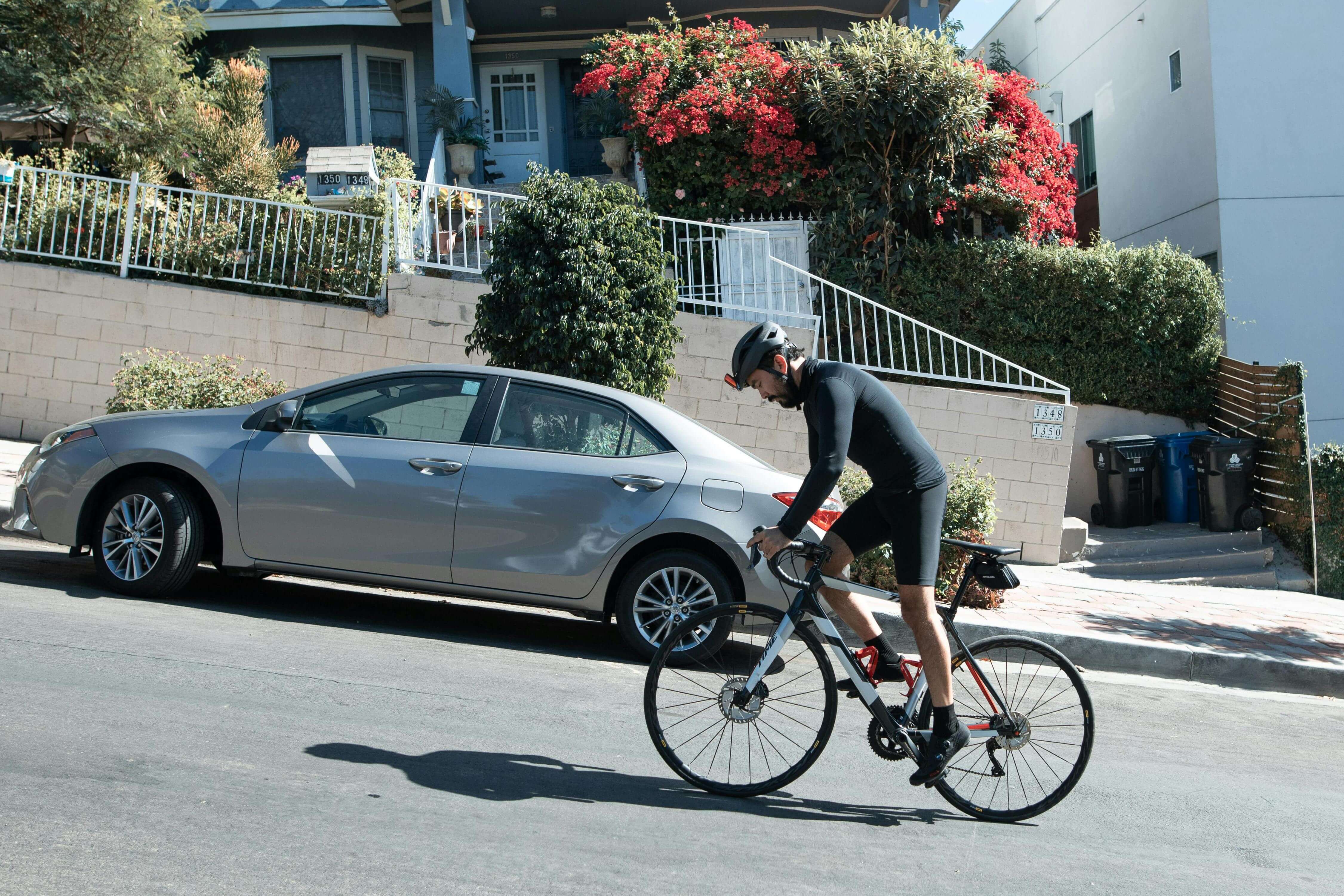— How to Stay Stable and Efficient in Strong Sea Breezes
For cyclists, the coastline offers breathtaking views—but also relentless crosswinds and sudden gusts. On windy coastal routes, choosing the right wheelset not only improves handling stability but also ensures a safer, more efficient ride in high winds.
This article breaks down how to select an ideal wheelset for coastal conditions, analyzing five key dimensions: aerodynamic performance, crosswind control, rim depth, rim width, and structural design.
I. Understanding Coastal Wind Conditions
 While riding along the coast, you’ll most often face crosswinds or diagonal winds, rather than pure headwinds or tailwinds. These wind conditions typically feature:
While riding along the coast, you’ll most often face crosswinds or diagonal winds, rather than pure headwinds or tailwinds. These wind conditions typically feature:
High intensity and sudden gusts (especially at tunnel exits, bridges, or open terrain)
Constantly shifting directions, making them hard to predict
Significant yaw forces acting on deep-section rims
Conclusion: The faster you go, the more likely deep rims will be pushed sideways by crosswinds.
II. Ideal Wheelset Features for Windy Conditions
1. Mid-Depth or Shallow Rims Offer Better Stability
Recommended depth:
Below 35mm for maximum stability
35–45mm for a balance between aerodynamics and control
Deep rims (50mm+) offer aerodynamic benefits, but in strong crosswinds, they can cause steering deviation and increased rider stress—especially while descending or cornering.
Bottom line: A 30–40mm mid-depth wheelset is ideal for coastal routes, offering a solid compromise between wind control and aero efficiency.
2. Wider Rims Help Smooth Out Wind Disturbance
Wider rims (internal width 21mm+) allow pairing with wider tires (like 28C), which provide:
Greater ride stability
A smoother aerodynamic transition, reducing turbulence
Better road shock absorption, making the bike less jittery during sudden crosswinds
3. Blunt-Nosed Rim Profiles Are More Wind-Tolerant
Modern carbon rim designs with a blunt nose (U-shaped or rounded profiles) are superior to traditional V-shaped rims in real-world wind:
They guide crosswind flow more predictably, reducing yaw-induced steering force
Better adapted to multidirectional wind conditions commonly found near the sea
III. Disc or Rim Brakes: Do They Matter in the Wind?
 While braking systems don’t directly impact wind resistance, they matter on coastal terrain:
While braking systems don’t directly impact wind resistance, they matter on coastal terrain:
Disc brakes offer stronger, more consistent stopping power—even in wet and windy conditions
They eliminate the delayed braking performance of rim brakes in humid or rainy environments
Conclusion: Choose disc-brake-compatible wheelsets for coastal routes.
IV. Does Wheelset Weight Matter?
On flat or gently rolling coastal terrain, long climbs are rare. Therefore:
Extreme lightweight wheels are not necessary
Focus more on lateral stiffness and crosswind stability
In short, A slightly heavier but stiffer wheelset will cruise more securely in coastal wind.
V. Tire Pressure and Width Pairing
 Recommended setup:
Recommended setup:
28mm tires paired with 21–23mm internal width rims for better handling
Lower the tire pressure to 75–85 PSI (for medium-weight riders) to absorb road noise and crosswind shocks more effectively
VI. Summary: Ideal Wheelset Configuration for Coastal Riding
|
Feature |
Recommended Setup |
|
Rim Depth |
30–40mm mid-depth |
|
Rim Width |
21mm internal width or wider |
|
Rim Shape |
U-shaped or blunt aerodynamic profile |
|
Brake Type |
Disc brakes preferred |
|
Tire Setup |
28C width with slightly reduced pressure |
|
Wheel Stiffness |
Strong hub & spoke support; minimal flex |
VII. Bonus Tips: Riding Skills for Windy Coastal Routes
Even the best wheels need the right technique:
Engage your core to resist wind-induced body movement
Slightly correct your steering angle in response to sudden gusts
Lower your center of gravity and grip the drops when crossing bridges or open areas
Slow down when the wind gets intense—don’t chase speed blindly
Final Thoughts: Let Your Gear Shield You from the Wind
Wind isn’t the enemy. With the right equipment and smart choices, you can ride faster, steadier, and more confidently—even when the breeze tries to throw you off course.
If your regular routes are often swept by ocean winds, it’s time to reevaluate your wheelset selection—don’t let crosswinds control your ride direction.






Leave a comment
All comments are moderated before being published.
Este site está protegido pela Política de privacidade da hCaptcha e da hCaptcha e aplicam-se os Termos de serviço das mesmas.